8 famous Antarctic expeditions
Famous Antarctic expeditions by Shackleton, Scott, Amundsen and more.
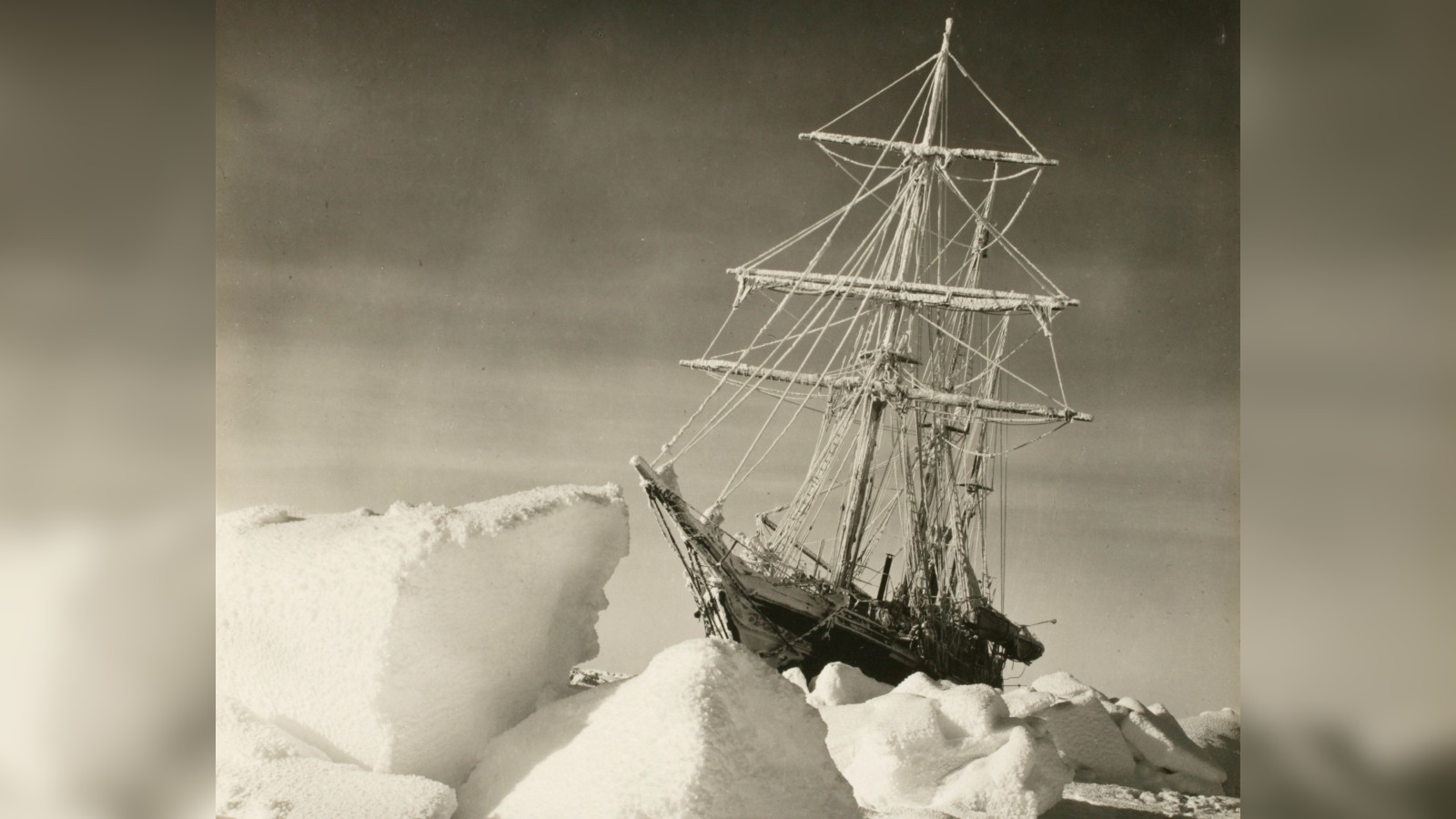
Antarctic expeditions to the continent of Antarctica have long fueled fascination and burnished the allure of the icy continent. Many of Antarctica's most iconic expeditions are remembered to this day for their achievements, tragedies or stories of against-all-odds survival.
The history of Antarctic expeditions is disputed and stretches back hundreds, if not thousands, of years. Intrepid explorers have faced some of the most testing conditions in the region, including impenetrable blizzards and dwindling food supplies. Here are eight famous expeditions that traversed the frozen land of Antarctica.
1. James Cook's crossing of the Antarctic Circle
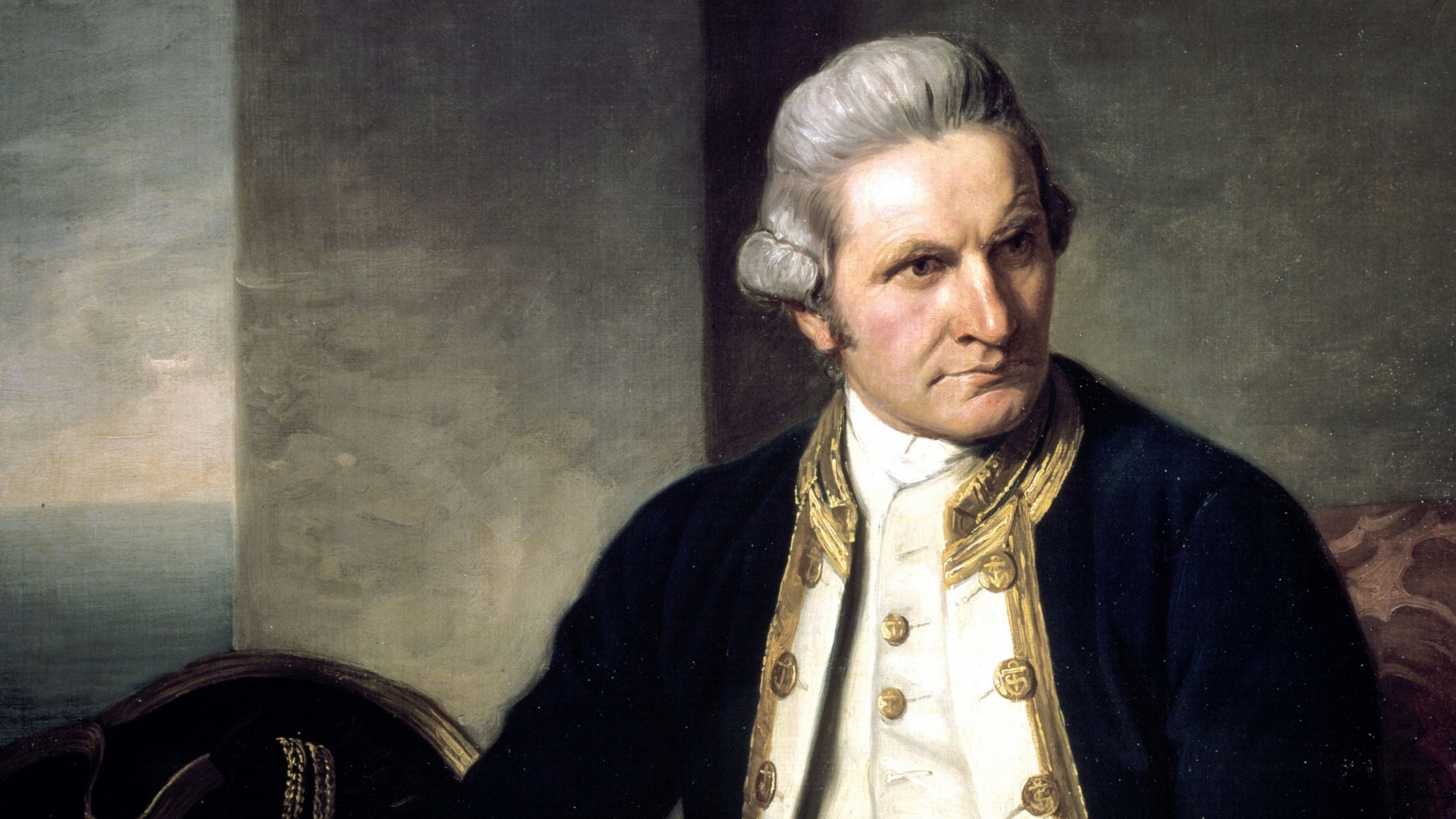
British explorer Capt. James Cook made his mark on Antarctic exploration when he and his crew made the first recorded crossing of the Antarctic Circle, on Jan. 17, 1773. Cook circumnavigated the globe on the HMS Resolution, searching for a massive land mass that was rumored to exist at the bottom of the Southern Hemisphere.
Cook was forced back by sea ice before finding Antarctica, but he still traveled farther south than anyone had in recorded history until that point, according to the British Library. He also increased international interest in the mysterious southern continent and set the stage for further Antarctic exploration.
Related: Captain Cook's notes describe now-vanishing Arctic ice wall
2. First recorded sighting of Antarctica
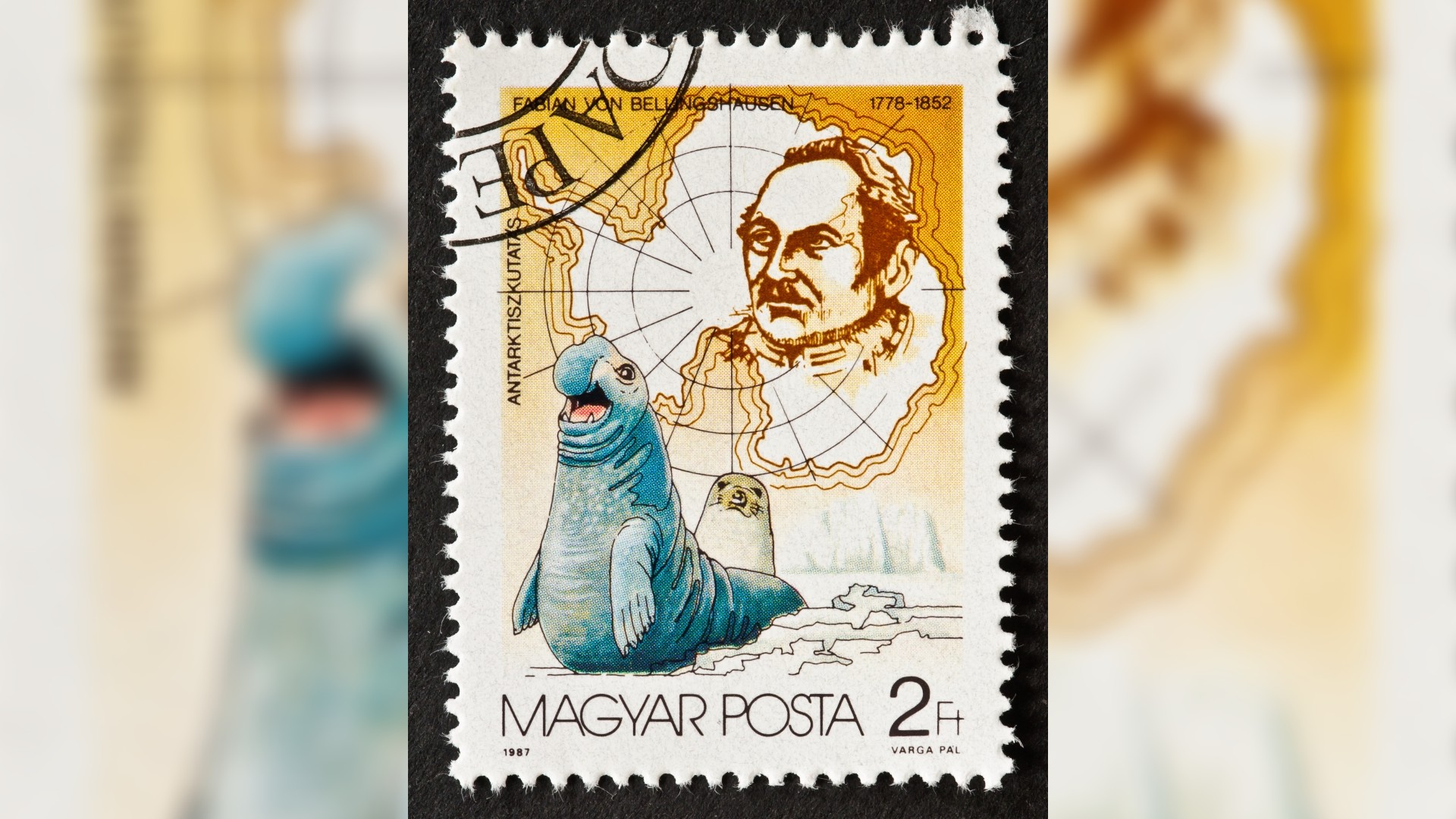
Capt. Thaddeus von Bellingshausen, sometimes called Fabian Gottlieb von Bellingshausen, may have been the first person to see the mainland of Antarctica. During a Russian expedition in January 1820, he noted seeing "an ice shore of extreme height," according to the Royal Museums Greenwich in London. Von Bellingshausen did not claim to have discovered the continent, but his descriptions of what he saw match up well with what the edge of the continent looks like, according to a 1971 study in the journal Polar Record.
Edward Bransfield, a British Royal Navy officer, also likely saw the continent in a mapping expedition around the same time. He reported seeing "'high mountains, covered with snow," according to the Royal Museums Greenwich.
3. Overlooked Polynesian voyage
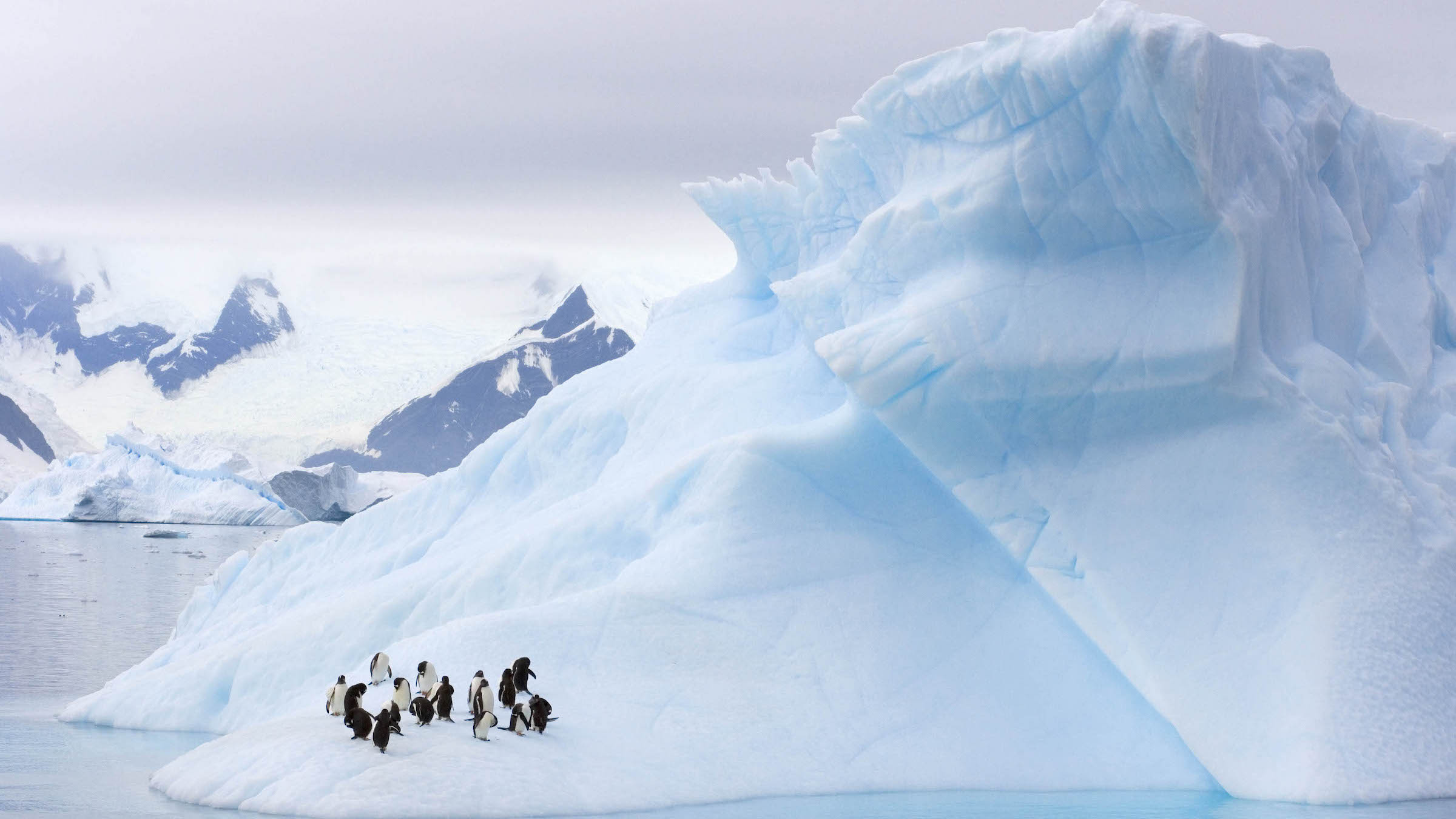
Western expeditions may be the best known, but Polynesians may have discovered Antarctica 1,000 years before them, according to a 2021 study published in the Journal of the Royal Society of New Zealand.
Oral histories, artwork and other historical reports that aren't published in peer-reviewed journals suggest that Polynesian explorer Hui Te Rangiora (also known as Ūi Te Rangiora) and his crew may have set eyes on Antarctica in the early 600s, based on descriptions that include rocks growing out of the sea, Live Science previously reported.
Related: Polynesians and Native Americans paired up 800 years ago, DNA reveals
4. First landing on Antarctica
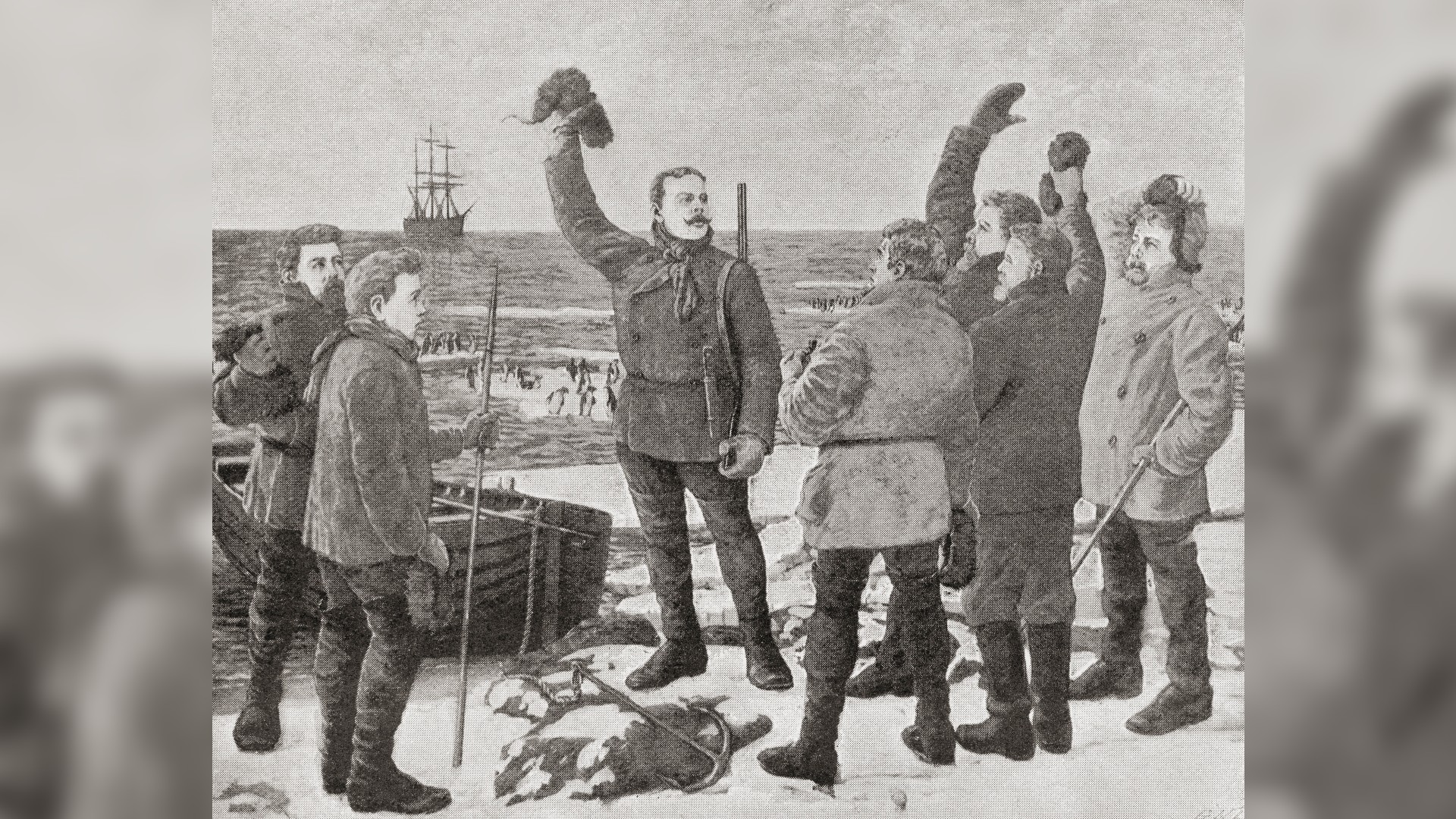
On Jan 24, 1895, seven men from a whaling and sealing ship called Antarctic made the first substantiated landing on Antarctica. But exactly which crewmember from this later ship first stepped onto the coldest continent is up for debate.
Conflicting accounts put either Norwegian explorer Carsten Borchgrevink or expedition captain Leonard Kristensen as first from the 1895 expedition to touch down on Antarctica. New Zealander Alexander von Tunzelmann is also sometimes credited as the first person out of the boat and maintained he was the first ashore until he died in 1957, according to the New Zealand government's NZHistory website.
Borchgrevink went on to lead the first British expedition to Antarctica, in 1899; it was the first expedition to spend a winter on the Antarctic mainland, according to the Royal Museums Greenwich. This journey ushered in what became known as the "heroic age of Antarctic exploration."
5. Scott's Terra Nova expedition
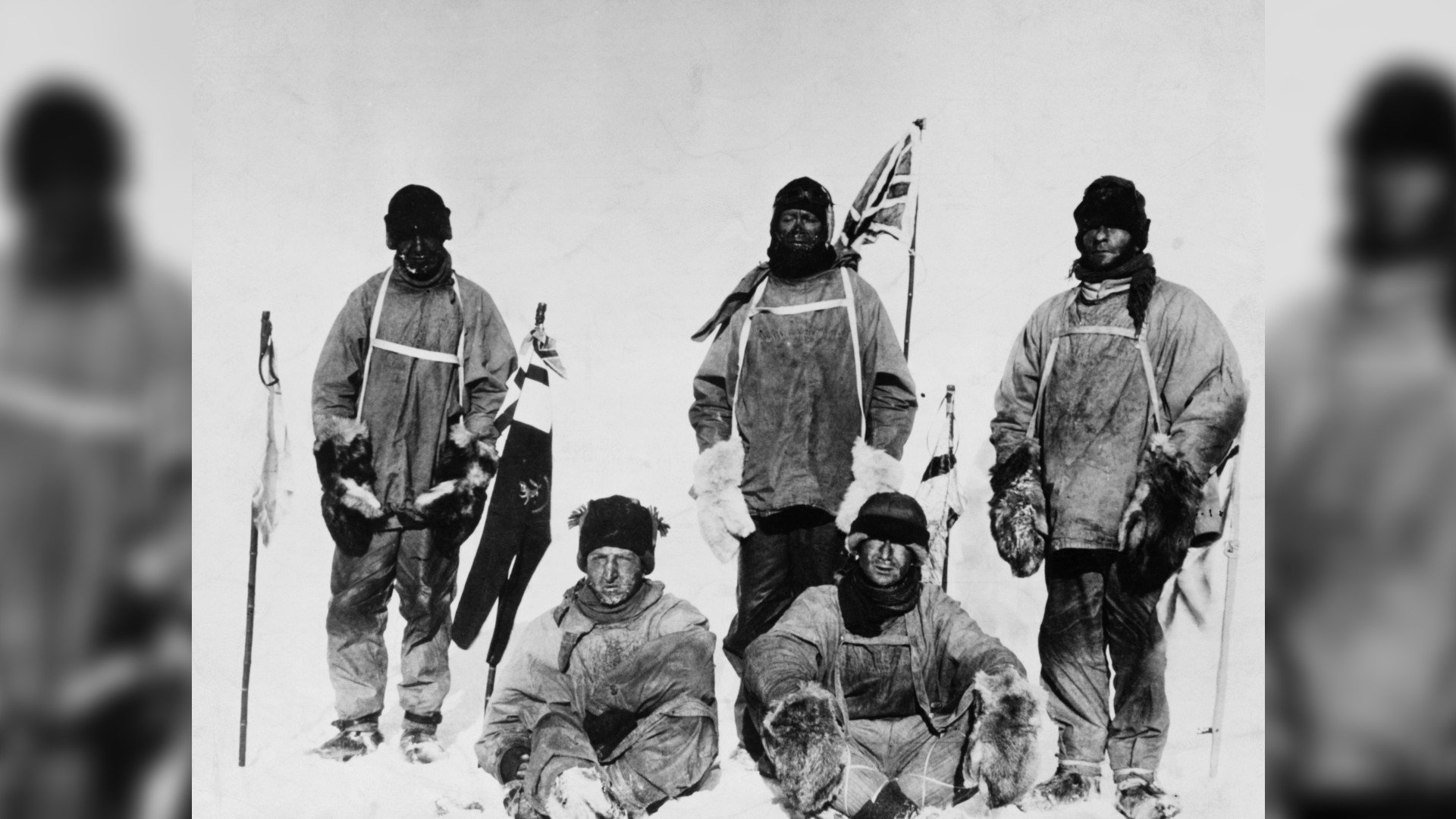
British naval officer and explorer Robert Falcon Scott led two expeditions to Antarctica, during which he attempted to reach the geographic South Pole. His crew was forced to turn back on his first attempt at reaching the South Pole in 1902 because of poor health and cold weather, according to Royal Museums Greenwich. Scott and his crew left for Antarctica a second time in 1910, sailing there on a whaling ship called the Terra Nova.
Scott landed in Antarctica and began his trek for the pole on Nov. 1, 1911. He reached the South Pole on Jan. 17, 1912, only to discover that a Norwegian team led by Roald Amundsen had already been and gone. A disappointed Scott then faced a series of problems on the way back, including bad weather, frostbite, fuel leakages and a lack of food. One crewmember, Lawrence Oates, was slowing down the team because of frostbite, and he sacrificed himself by walking out into a blizzard on March 15, according to the University of Cambridge's Scott Polar Research Institute.
Scott and his remaining two men got caught in another blizzard and died about 11 miles (18 kilometers) from the safety of a food and fuel depot. The last entry in Scott's diary, dated March 29, 1912, describes a continuous gale and limited food. "Every day we have been ready to start for our depot 11 miles away, but outside the door of the tent it remains a scene of whirling drift," he wrote. "I do not think we can hope for any better things now. We shall stick it out to the end, but we are getting weaker, of course, and the end cannot be far."
Related: In images: Antarctic explorer Robert Falcon Scott's last photos
6. Amundsen's arrival at the South Pole
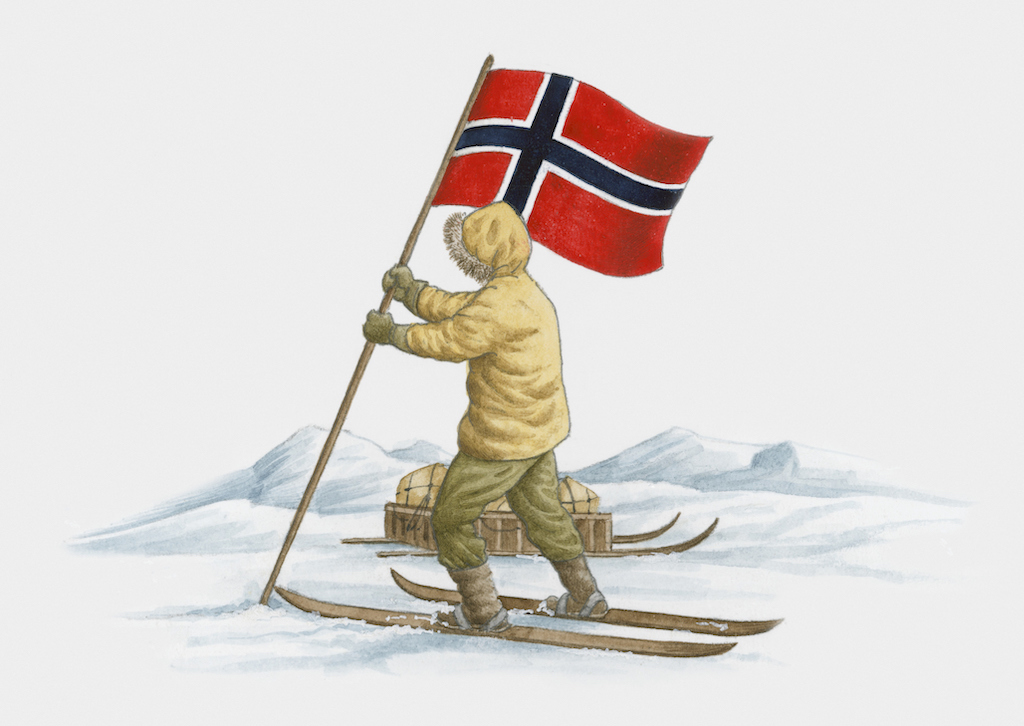
In 1911, Amundsen became the first person to reach the South Pole. The Norwegian was born to a family of shipowners and became a seasoned explorer. He initially planned and raised funds to head for the North Pole in 1909 but got word that Robert Peary and Frederick Cook, two Americans, had become the first people to reach it just as he was poised to leave. Scott publicly announced he was heading for the South Pole in 1910, and Amundsen secretly decided to do the same, according to the American Museum of Natural History in New York.
Amundsen landed his ship, the Fram, in the Bay of Whales, which was about 60 miles (100 km) closer to the pole than where Scott landed in McMurdo Sound, according to Royal Museums Greenwich. Amundsen began his journey to the pole three weeks before Scott and arrived at the pole 33 days earlier than him, on Dec. 14, 1911, before returning home safely. As well as leaving sooner, there were a variety of reasons Amundsen beat Scott to the pole. He fared better on an unknown route and moved faster with only sled dogs, whereas Scott also had ponies.
Related: Antarctica's 'doomsday glacier' could meet its doom within 3 years
7. Shackleton's Endurance
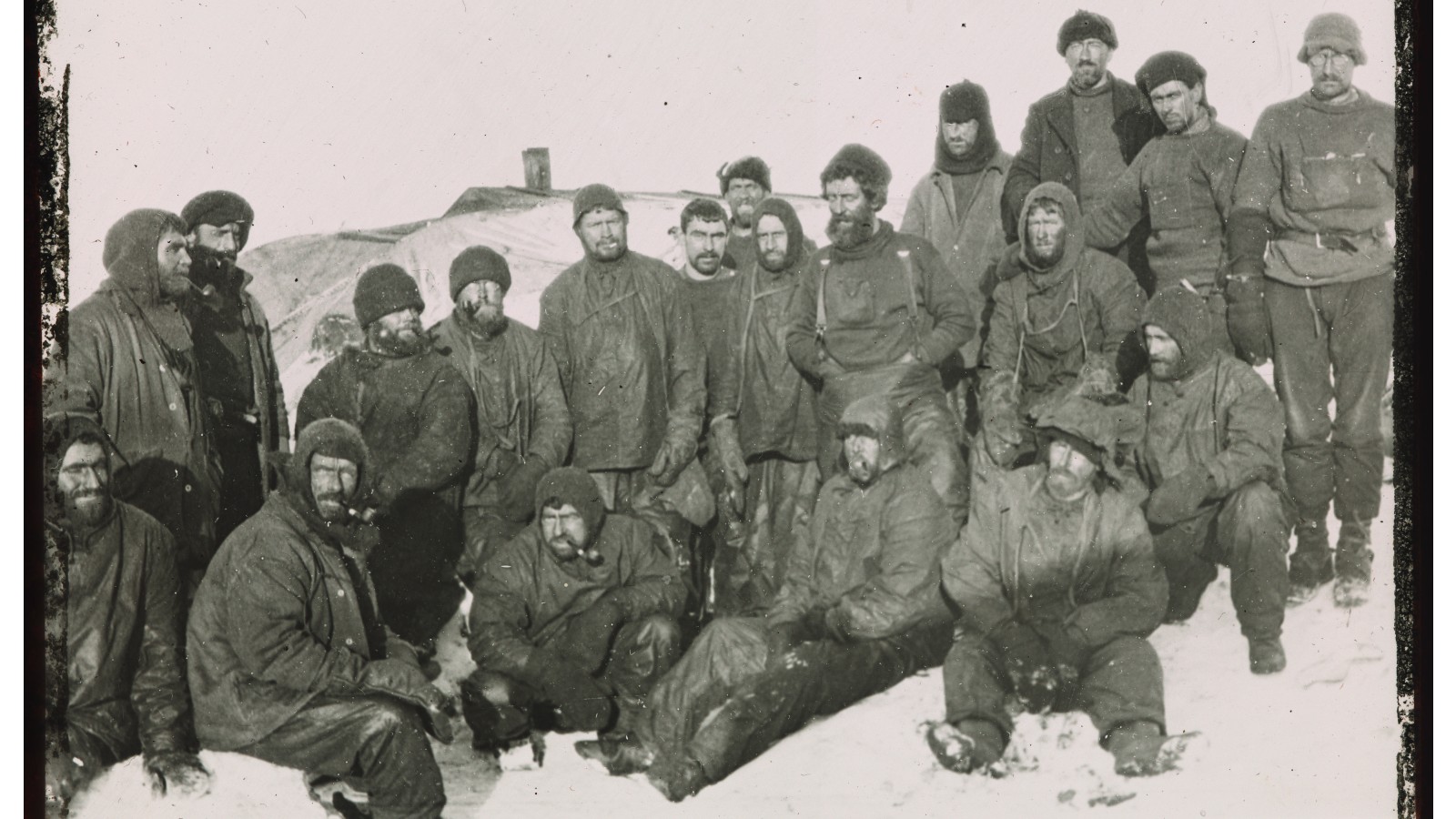
By 1914, Ernest Shackleton had already made two expeditions to Antarctica. But that year, he and his crew set out to do something even more ambitious: complete the first crossing of the Antarctic continent — about 1,800 miles (2,900 km). The Imperial Trans-Antarctic Expedition, as it was known, ground to a halt in October 1915 because the expedition's ship, the Endurance, became trapped in sea ice. Shackleton and his men took what they could off the ship, including food and lifeboats, before it was crushed and sank.
The team embarked on a journey to the nearest land, reaching Elephant Island on the Antarctic Peninsula in April 1916. From there, Shackleton and five of his crew set off on a perilous 800-mile (1,300 km) journey in lifeboats to a whaling station on the island of South Georgia, where they found people and a rescue ship to save the rest of the crew. Incredibly, all 28 crewmembers survived.
The wreck of the Endurance was rediscovered in 2022, more than 100 years after it sank, by searchers using robotic underwater vehicles, Live Science previously reported. "This is by far the finest wooden shipwreck I have ever seen," Mensun Bound, the director of exploration on the expedition to find the ship, said in a statement. "It is upright, well proud of the seabed, intact, and in a brilliant state of preservation. You can even see [the name] 'Endurance' arced across the stern."
Related: These retouched photos of Shackleton's 1914 expedition look like they were taken yesterday
8. The Commonwealth Trans-Antarctic Expedition

British explorer Vivian Fuchs succeeded where Shackleton had failed by making the first overland crossing of Antarctica in 1958, during the Commonwealth Trans-Antarctic Expedition. Fuchs traveled 2,158 miles (3,473 km) across the continent from the Weddell Sea to McMurdo Sound, visiting the South Pole on the way, according to the New Zealand government's Antarctica New Zealand website. Fuchs was supported by New Zealand explorer Edmund Hillary, whose team placed supply drops from the Weddell Sea inland to the South Pole for Fuchs to pick up as he crossed.
Additional resources
Read more about Shackleton's 1914 expedition in the book "Endurance: Shackleton's Incredible Voyage" (Basic Books, 2015). You can also explore a timeline of Antarctic expeditions on the Royal Museums Greenwich website. To learn more about the race to the South Pole between Scott and Amundsen, watch this short YouTube video by TED-Ed.
Bibliography
Alexandra Ault, Untold lives blog, The British Library, "Antarctic Anniversaries: Captains James Cook and Robert Scott," Jan. 17, 2016. https://blogs.bl.uk/untoldlives/2016/01/cook-and-scott-antarctic-anniversaries.html
American Museum of Natural History, "Amundsen's Expedition." https://www.amnh.org/exhibitions/race-to-the-end-of-the-earth/amundsen
Antarctica New Zealand, New Zealand government, "Trans Antarctic Expedition," https://adam.antarcticanz.govt.nz/nodes/view/32951
Endurance22, "ENDURANCE IS FOUND," March 9, 2022. https://endurance22.org/category/press-releases
Laura Geggel, Live Science, "Antarctica was likely discovered 1,100 years before Westerners 'found' it," June 15, 2021. https://www.livescience.com/indigenous-people-discovered-antarctica.html
NZHistory, New Zealand government, "First landing on Antarctica." https://nzhistory.govt.nz/media/photo/first-landing-antarctica
Royal Museums Greenwich, "Exploring Antarctica - a timeline," https://www.rmg.co.uk/stories/topics/history-antarctic-explorers
Royal Museums Greenwich, "The race to the South Pole." https://www.rmg.co.uk/stories/topics/race-south-pole-scott-amundsen
Scott Polar Research Institute, University of Cambridge, "British Antarctic Expedition 1910-13," updated June 15, 2021. https://www.spri.cam.ac.uk/picturelibrary/catalogue/bae1910-13/
Tom Metcalfe, Live Science, "Shackleton's lost Endurance ship discovered beneath Antarctic sea," March 9, 2022. https://www.livescience.com/shackleton-lost-endurance-ship-discovered-antarctic
Wehi et al. "A short scan of Māori journeys to Antarctica," Journal of the Royal Society of New Zealand, June 6, 2021. https://www.tandfonline.com/doi/full/10.1080/03036758.2021.1917633
Sign up for the Live Science daily newsletter now
Get the world’s most fascinating discoveries delivered straight to your inbox.

Patrick Pester is the trending news writer at Live Science. His work has appeared on other science websites, such as BBC Science Focus and Scientific American. Patrick retrained as a journalist after spending his early career working in zoos and wildlife conservation. He was awarded the Master's Excellence Scholarship to study at Cardiff University where he completed a master's degree in international journalism. He also has a second master's degree in biodiversity, evolution and conservation in action from Middlesex University London. When he isn't writing news, Patrick investigates the sale of human remains.










